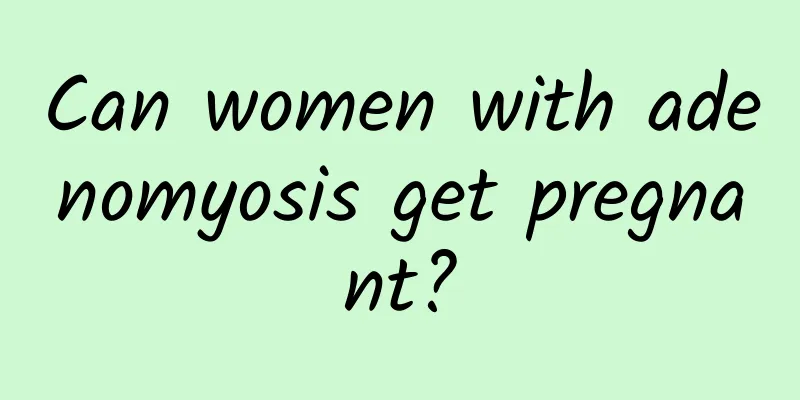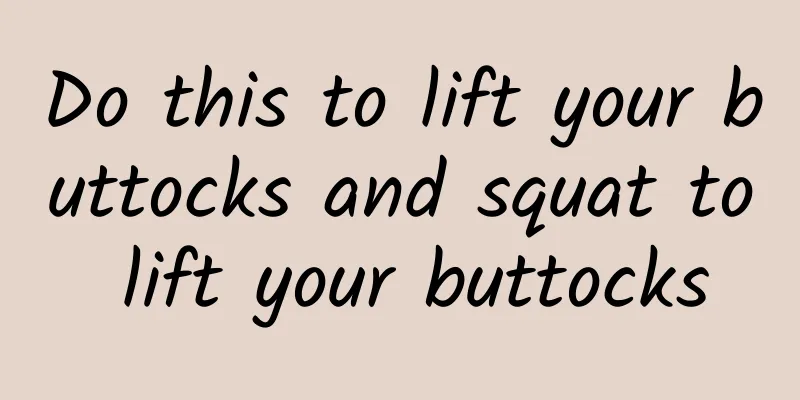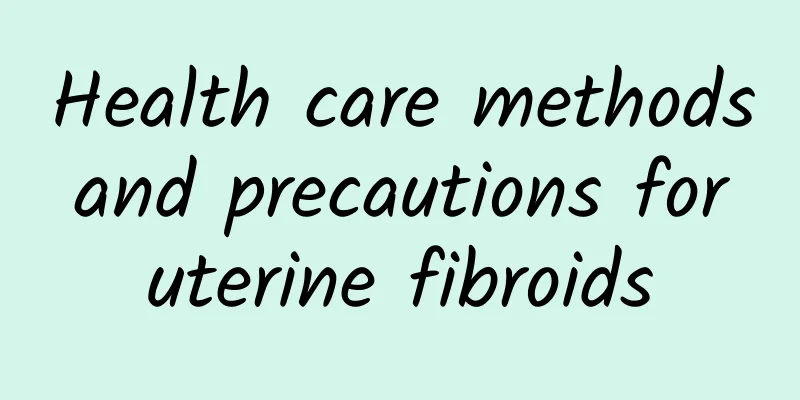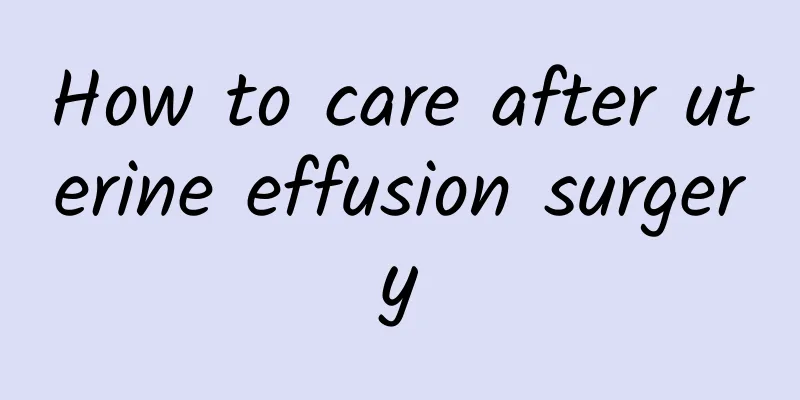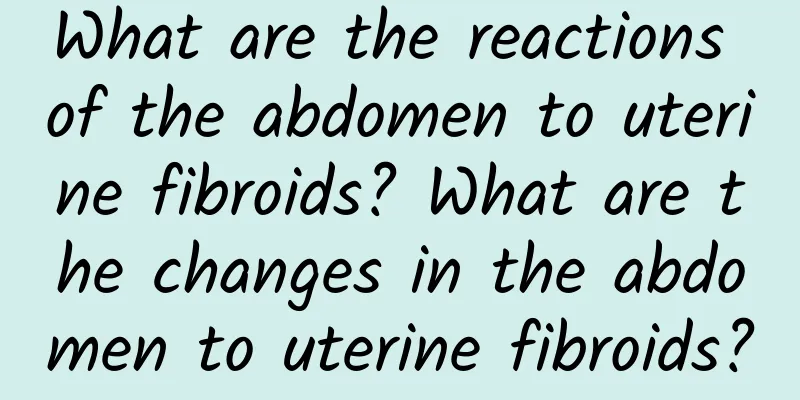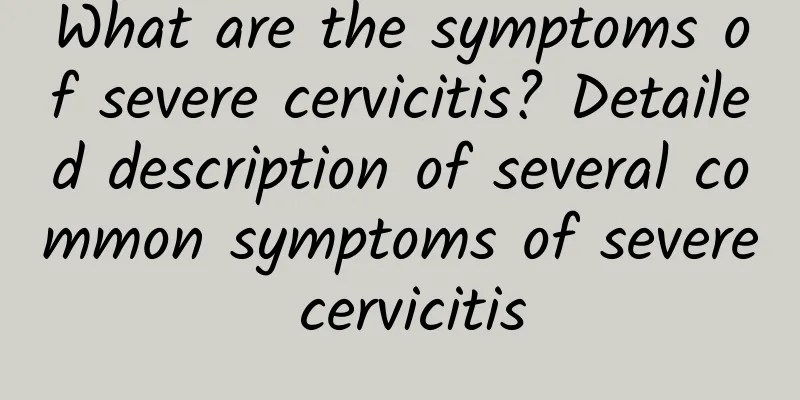How to treat a bulging stomach and a big belly? Traditional Chinese Medicine: Acupuncture 4 major acupoints to strengthen the spleen + adjust the abdominal fascia to get a flat belly
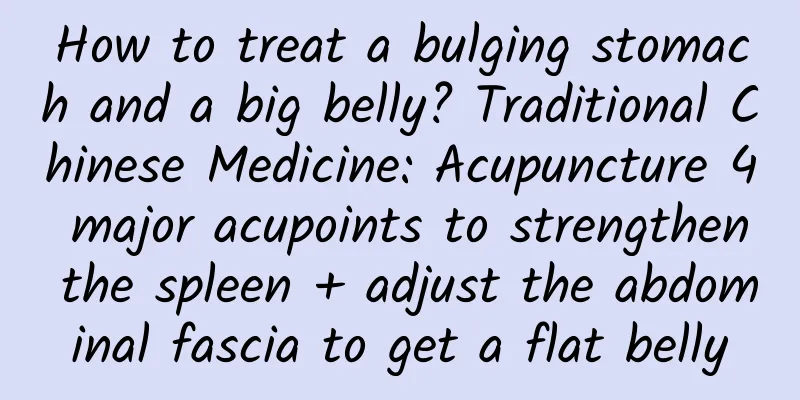
|
It was really like "spring's stepmother's noodles". The weather changed from cold and damp to increasingly hot. Everyone began to take off their heavy coats and suddenly found that their stomachs seemed a little bulging. Some people thought it was because they ate too much. Then they realized that the bulge was in a different position. It was not the lower abdomen where most people are fat, but a large bulge in the upper abdomen. Moreover, it became more serious after eating, so they had to come to the clinic to seek a solution. Chinese medicine practitioners say that to solve this annoying "stomach bulge", you can take internal medicine and acupuncture on the four main acupoints, and use abdominal acupuncture to adjust the overly tight spine and abdominal fascia, which can also eliminate the stomach bulge and get back a flat belly! A bulging belly is a pain for many office workers. The sedentary lifestyle, coupled with afternoon tea in the office every day and frequent group purchases with friends, leads to excessive intake of calories and even fat, causing excessive fat to continue to accumulate in the belly. Chinese medicine practitioner Tu Yuwei said that stomach bulge is often not just a problem of fat accumulation, but is often related to abdominal bloating, indigestion, and even fascia structure. Causes of stomach bulge: Overeating and eating too fast affect the efficiency and function of digestion The cause of stomach bulge is often closely related to some bad living habits, such as overeating, eating too fast, and slumping on the sofa in an unhealthy posture after eating. These will put a greater burden on the stomach and intestines, affecting the efficiency and function of digestion, leading to bloating, hiccups, and even serious problems such as stomach bulge. In addition to being related to digestive function, there is another type of stomach bulge that often occurs in hard-working postpartum mothers. Due to the rapid bulging of the abdomen during pregnancy, the originally tight and dense rectus abdominis muscles will be stretched and thinned, making the abdomen like an elastic and tired rubber band, unable to maintain sufficient strength. In addition, the excessive forward tilt of the pelvis causes the internal organs to be pushed forward, resulting in a bulging stomach and a protruding abdomen. This situation is especially common in women whose abdominal muscles are not strong enough. The cause of stomach bulge is often closely related to some bad living habits, such as overeating, eating too fast, and slumping on the sofa in an unhealthy posture after eating. These will put a greater burden on the stomach and intestines, affecting the efficiency and function of digestion, leading to bloating, hiccups, and even serious problems such as stomach bulge. From the perspective of traditional Chinese medicine, stomach bulges can be eliminated through internal Chinese medicine combined with acupuncture. The medication will prioritize improving digestive function, strengthening the spleen and digestion, and unblocking the flow of intestinal qi, such as Xiangsha Liujunzi or Baohe Pills. Traditional Chinese Medicine to Eliminate Stomach Protrusion: Traditional Chinese Medicine Drug Treatment + Acupuncture 4 Acupoints + 2 Acupoints to Adjust the Abdominal Fascia Chinese medicine practitioner Tu Yuwei said that from the perspective of traditional Chinese medicine, stomach bulge can be eliminated through internal Chinese medicine combined with acupuncture. The medication will prioritize improving digestive function, strengthening the spleen and digestion, and unblocking the flow of intestinal qi, such as Xiangsha Liujunzi or Baohe Pills. It is also combined with drugs to soothe the liver and regulate qi, to regulate the effects of emotions or the autonomic nervous system on the stomach and intestines, such as the Xiao Chaihu Decoction series. As for acupuncture treatment, in addition to using acupoints similar to those used in internal medicine to strengthen the spleen and soothe the liver, such as Zusanli, Xia Sanhuang, Taichong, Li Gou and other acupoints, you can also think from the perspective of structural fascia to adjust overly tight spinal and abdominal fascia to achieve a balanced anterior and posterior muscle fascia structure. In clinical practice, the back-shu points, Huatuo Jiaji points, and abdominal acupuncture methods of the corresponding areas are often used for adjustment. [Acupuncture 4 major acupoints to strengthen the spleen] 1. Zusanli: 【Location】 On the anterior and lateral side of the lower leg, 3 inches below the outer knee pit (calf nose), one horizontal finger (middle finger) outside the anterior edge of the tibia, in the middle of the tibialis anterior muscle. 2. The Lower Three Emperors: 【Location】 On the anterior medial edge of the tibia, 3 inches superior to the tip of the medial malleolus, in the gap between the tibialis posterior muscle and the flexor digitorum longus muscle. This acupoint is actually Sanyinjiao. 3. Taichong: 【Location】 The posterior depression between the 1st and 2nd metatarsal bones on the dorsum of the foot. Two inches behind the line. 4. Li Gou: 【Location】 On the inner side of the calf, five inches above the tip of the inner ankle, in the middle of the inner side of the tibia. At the midpoint of the line connecting the tip of the inner ankle and the Diji point. As for acupuncture treatment, in addition to using acupoints similar to those used in internal medicine to strengthen the spleen and soothe the liver, such as Zusanli, Xia Sanhuang, Taichong, Li Gou and other acupoints, you can also think from the perspective of structural fascia to adjust overly tight spinal and abdominal fascia to achieve a balanced anterior and posterior muscle fascia structure. [2 acupoints to adjust abdominal fascia] 5. Back Shu points: 【Location】 Back Shu points are acupoints on the back and waist where the qi of the internal organs is infused into the meridians, and are also referred to as Yu points. It belongs to the bladder meridian point, distributed at the back and waist at a position basically consistent with the corresponding internal organs, and is closely related to the internal organs. 6. Hua Tuo Jiaji 【Location】 On the back and waist, on both sides below the spinous processes of the 1st thoracic to 5th lumbar vertebrae, 0.5 inches lateral to the posterior midline, 17 points on one side. Finally, Chinese medicine practitioner Tu Yuwei reminded that the formation of gastric bulge does not happen overnight, so in addition to medication and acupuncture, the patient's own lifestyle habits also need to be adjusted. In addition to reducing overeating and eating until full, the patient should also adjust the habit of eating too fast and try to reduce grilled, fried, spicy and other foods that put a greater burden on the stomach. In addition to getting rid of bad living habits, it is also recommended to practice abdominal breathing occasionally to help relax the mood, and add exercises to train the core muscles, such as the dead bug pose, bridge pose and other simple and foolproof exercises, to help everyone eliminate stomach bulges as soon as possible and establish a better body posture. |
Recommend
The dangers of repeated episodes of acute pelvic inflammatory disease
If acute pelvic inflammatory disease is not cured...
Do you know what ovarian cysts are?
Do you know the classification of ovarian cysts? ...
Can uterine cysts delay treatment?
Can uterine cysts delay treatment? Whether the tr...
How to judge irregular menstruation? What are the 5 criteria for judging irregular menstruation?
Many female friends do not have a correct underst...
What should pregnant women pay attention to in their diet?
What should pregnant women pay attention to in th...
Can patients with hyperprolactinemia eat a bland diet?
People with hyperprolactinemia can eat winter mel...
What are the early symptoms of miscarriage?
Early pregnancy is a special stage. During this p...
Which is less harmful, painless abortion or medical abortion?
Compared with painless artificial abortion, medic...
How to avoid miscarriage?
How to avoid miscarriage? Miscarriage will cause ...
In what aspects of the female body do symptoms of vulvar leukoplakia appear?
Vulvar leukoplakia mainly affects women, with the...
Cost of treatment for pelvic peritonitis
In daily life, many women are troubled by pelvic ...
The difference between pelvic effusion and pelvic inflammatory disease
The difference between pelvic effusion and pelvic...
You can execute it immediately after reading it! Nutritionist's sugar reduction principles & daily diet revealed
It is not an exaggeration to say that a low-sugar...
The key to losing weight is to ignite your metabolism! Don't touch these 5 foods that hinder metabolism
Some people find it difficult to lose weight. The...
What is the reason for delayed menstruation? Irregular menstruation can relieve stress through these 8 methods
Many women have irregular menstruation problems, ...
